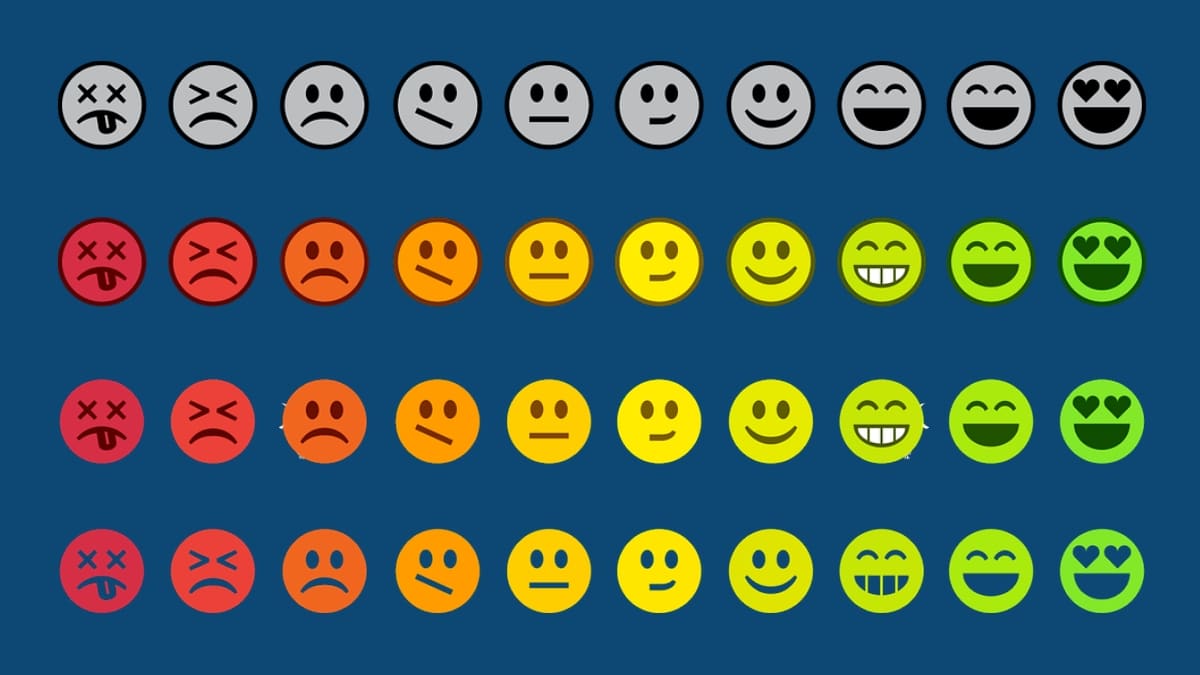
Meaning of emoticons: The origin of the most used smileys
Time after the existence of the computers, mobiles and the Internet, human beings bring to our electronic and digital communications those old habits of drawing on paper, little faces and other pictographic elements (drawings of objects). In order to achieve abbreviation and make them shorter and more enjoyable. From this, both were born the smileys as the emojis.
And, precisely to learn a little more about the first mentioned, today we will explore the “meaning of smileys” of the most popular smileys. Those that we usually use to communicate with third parties through the different RRSS platforms and instant messaging apps.
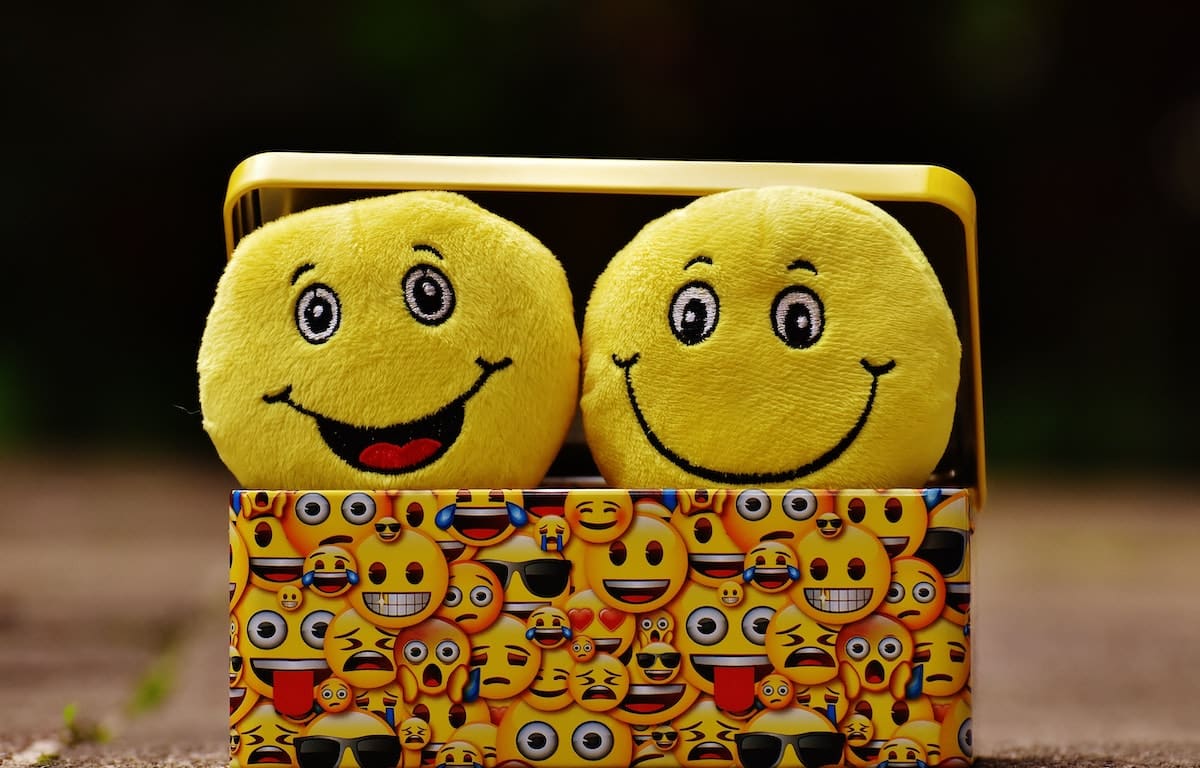
But, before we begin, we believe it is important to clear up a common and widespread confusion about emoticons and emojis. Because, they are often thought to be the same. That is to say, that both words are synonymous, but the truth is that this statement is not correct.
Since, according to Royal Spanish Academy (RAE),Emojis are small digital images or icons that represent an emotion, an object, an idea, or other elements. While, emoticons are combinations of characters (signs or letters) of the keyboard with which a facial expression that symbolizes a state of mind is represented. Therefore, although it is common for emoticon It is also used to refer to emojis, they are actually different things.
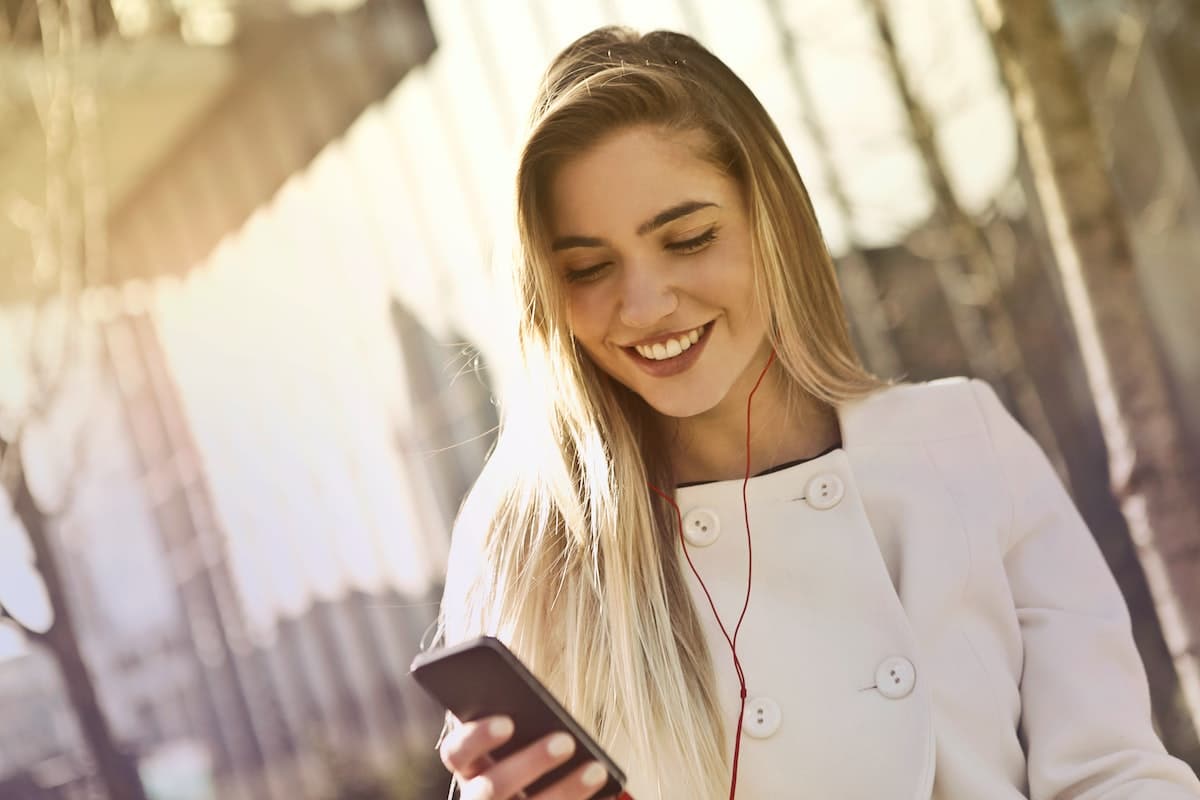

Meaning of emoticons: The effect of the most used smileys
On the origin of emoticons and emojis
Certainly, since the existence of the keyboard on computers and mobiles, anyone could type a key combination like the following: 🙂 . In order to do so, represent a smiley face emoticon that will express joy. However, the various stories about it date back the origin of the current emoticons and emojis (figures of faces and other objects, both static and dynamic) to various events, times and places between 1990 and 1999.
Being the most cited milestones the following:
- 1995: Added a heart symbol to Pocket Bell pagers.
- 1997: The creation of 90 emojis of a single color for the mobile J-Phone DP-211 SW from Pioneer.
- 1999: 176 emojis in 12×12 pixels, created by Shigetaka Kurita, for NTT Docomo in Japan.
- 2010: Public recognition of the use of emoticons and emojis as a language of digital use.
- 2011: Apple added a special keyboard for emojis and, a year later, Android joined this idea.
- 2015: Inclusion of the use of emoticons and emojis in different skin colors.
- 2018: Inclusion of emoticons and emojis representative of cultural symbols and disabled people.
"An emoticon is a proposed graphic adaptation of the English acronym emoticons (from English emot[ion] 'emotion' + icon 'icon'), which means 'combination of signs present on the keyboard of the computer or computer, with which a state of mind is graphically expressed'. Its plural is emoticons. Emoticon is preferable to emoticon (pl. emoticones), since the Spanish voice that is equivalent to English icon es icon, No. *icon". Emoticon – Pan-Hispanic dictionary of doubts
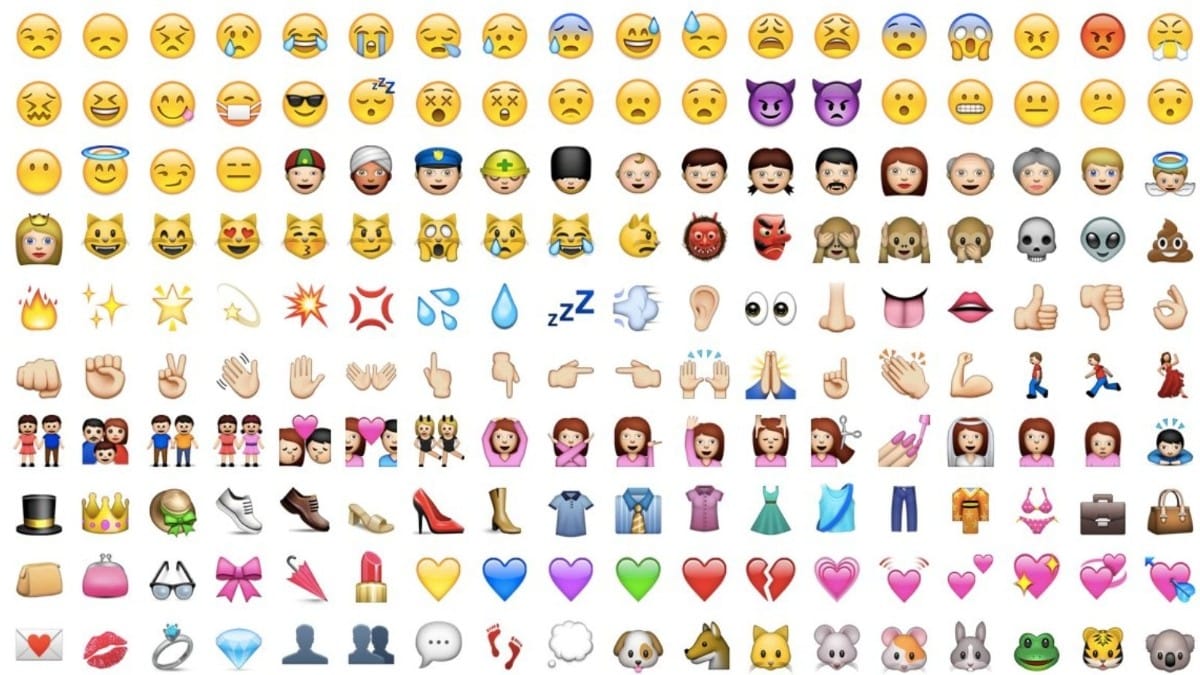
What is the meaning of the most popular smileys?
Next, our top 40 emoticons and their meanings:
10 most popular and used
- Smiley face with closed eyes and three hearts ( 🥰 ): It allows us to express love or affection to third parties, or that we are in love with someone or we really appreciate what they are telling us.
- Smiling face with open mouth and smiling eyes ( 😄 ): It allows us to express happiness or joy, product of something comical (situation or comment) experienced.
- Smiling face with open mouth and smiling eyes ( 😀 ): It allows us to express happiness or joy mixed with surprise, product of something comical (situation or comment) experienced.
- Laughing face with tears of joy ( 😂 ): It allows us to express too much happiness or joy, the product of something comic experienced, showing that it has made us cry.
- Laughing face tilted with tears of laughter ( 🤣 ): The same as the previous one, but showing that what we experienced has been extremely funny, to the point that we fall over laughing.
- Smiley face with tear ( 🥲 ): It allows us to express or say that, despite everything bad or unpleasant that we are experiencing or feeling, we do not completely lose joy.
- Smiling face with smiling eyes ( 😊 ): It allows us to show that we are well or comfortable with what we are experiencing or feeling. Also, to show sympathy or liking.
- Smiley face with halo ( 😇 ): It allows us to express kindness and affection towards others. Or that we are good people, or innocent of something, or that we are behaving well.
- Upside down face ( 🙃 ): It allows us to express grace about a particular situation or that we are not taking what has just been seen, read or heard very seriously.
- Winking face ( 😉 ): It allows us to show a bit of humor with acceptance about a message that has been communicated to us, and that possibly reflects a hidden ulterior motive.
Another 10 well known
- Face with highlighted mouth ( 😗 ): It allows us to symbolize that we send or give a kiss to the addressee, or that we whistle for some reason related to the conversation.
- Smiling face with tongue sticking out to the side ( 😋 ): It allows us to symbolize, from when we are sad and happy, until we are about to try something tasty or that we have already done it.
- Smiling face with tongue sticking out front ( 😛 ): It allows us to symbolize that we are joking about something commented, or that we want to remove a bit of malice or seriousness from the subject.
- Smiling face with tongue sticking out front and narrowed eyes ( 😝 ): The same as the previous one, but showing more intensity, in order to reflect a state of mockery on the subject discussed.
- Face with one raised eyebrow ( 🤨 ): It allows us to reflect that we feel skepticism or disapproval about something we have just seen, read or heard.
- Face with monocle ( 🧐 ): It allows us to reflect that we have become alert or in a state of maximum attention to something that has just been said, either because of something bad or to think otherwise.
- Nerd face with glasses ( 🤓 ): It allows us to show or say that we think we are or others are very intelligent because of something they just thought, said or did, or that they are simply nerds.
- Face with sunglasses ( 😎 ): It allows us to express security and confidence in ourselves in a situation. Or, full approval of what we are saying or what others are saying.
- Face with trumpet and party hat ( 🥳 ): It allows us to express joy and fun about something that has happened or is about to happen. For example: a birthday, party or important moment.
- mischievous smile ( 😏 ): It allows us to communicate that we are hinting at something, either positive or negative.
20 more for occasional use
- Dissatisfied face ( 😒 ): To show disagreement with a point of view or disappointment.
- Thoughtful face ( 😔 ): To represent melancholy or sad thoughts.
- Astonished face and pursed mouth ( 😕 ): To show surprise and disagreement with something.
- Dismayed face (😖): To convey sadness and annoyance at the same time.
- Tired face (😫): To reflect that we cannot deal with stress and physical exhaustion.
- Face with pleading eyes ( 🥺 ): To be able to ask you for something and make third parties give in more easily.
- Brave face of triumph ( 😤 ): To express to someone that we are upset and will do something about it.
- Exploding head ( 🤯 ): To show great astonishment at something incredible to believe.
- Blushing face ( 😳 ): To show surprise and shame in an uncomfortable situation.
- Hot face ( 🥵 ): To reflect that we are feeling very hot.
- Frozen face ( 🥶 ): To reflect that we are feeling very cold.
- Frozen face with fear ( 😱 ): To reflect that we are paralyzed with fear for something.
- Sad face with cold sweat ( 😰 ): To reflect that we are afraid and nervous about something bad.
- Thoughtful face ( 🤔 ): To show that we are thinking about something or saying something soon.
- Smiling face covering his mouth ( 🤭 ): To show that we are a little amused by something said or known.
- Face that asks for silence ( 🤫 ): To express that we want third parties to remain silent or not comment.
- Face with grown nose ( 🤥 ): To express that we think that someone is a liar or something is a lie.
- Face without mouth ( 😶 ): To express that someone or we cannot or do not want to talk about something.
- Angry face ( 😡 ): To reflect that we are in a state of great discomfort.
- Angry face with symbols over the mouth ( 🤬 ): To reflect annoyance with silence, showing that we are about to say offensive or rude.
More on these fun elements of modern communication
Up to here, we have arrived with this great and quite complete publication on the meaning of emoticons. But, if you want to know a little more about the subject, we recommend you explore the following link. Or this other one, in case you want to know more specifically about the emoticons used in WhatsApp. And always keep in mind that:
"The use of the emojis and emoticons is acceptable in informal or private contexts, but would not be appropriate in an institutional or formal document. In any case, care must always be taken that its use does not impoverish the use of the tongue". Is the use of emojis and emoticons correct?
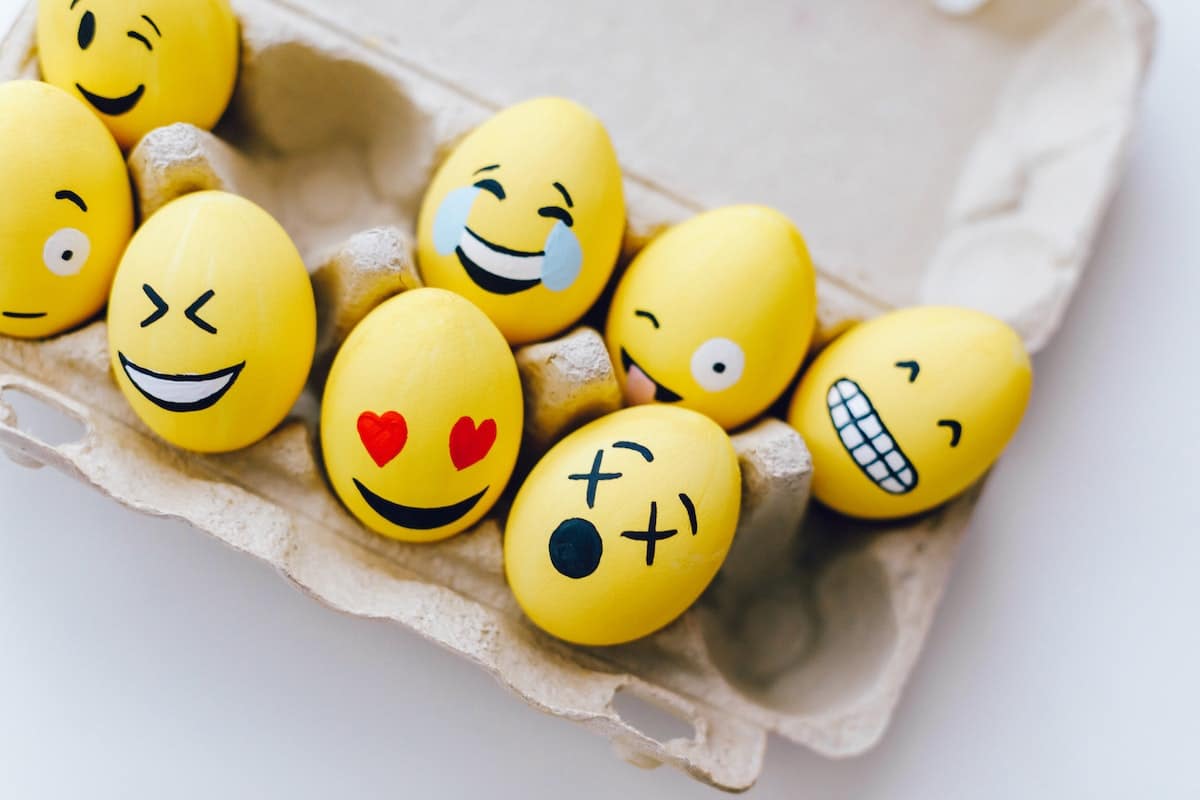
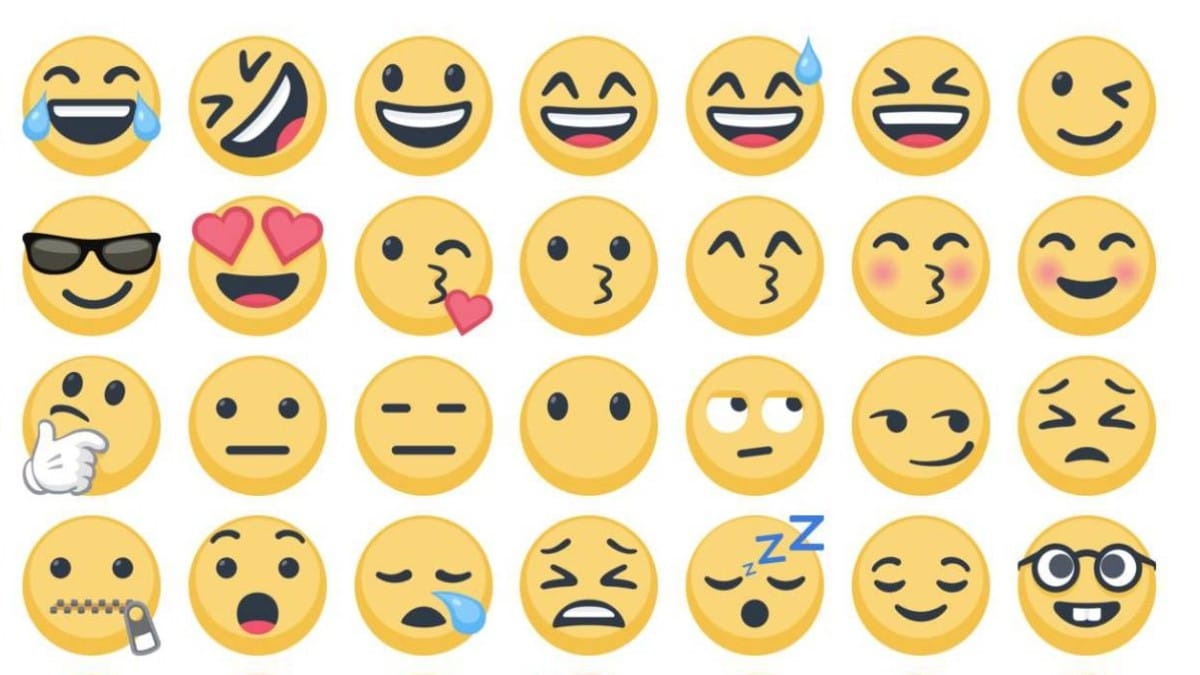
In short, and as we can see, knowing the "meaning of emoticons" of faces that we usually use to communicate with third parties through the different social networking platforms and instant messaging applications, it is very entertaining. But, it also allows us to accurately understand the proper use of each one, according to its real meaning.
And, if you are a fan of emoticons and emojis, and you use them daily as fun digital elements of communication, we invite you to give your opinion via comments. Finally, and in case you have found this content interesting and useful, we also invite you to share it with others. Also, don't forget to explore more of our guides, tutorials, news and various content from the beginning of our website.